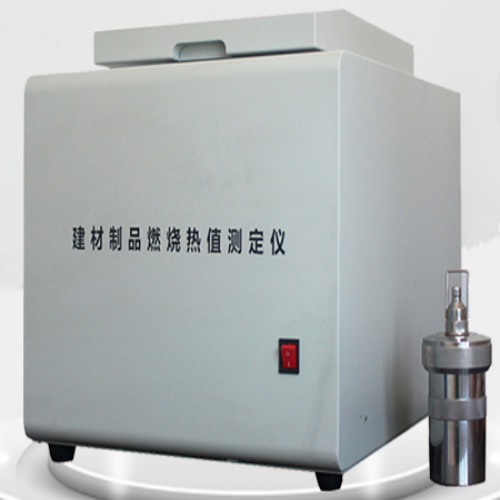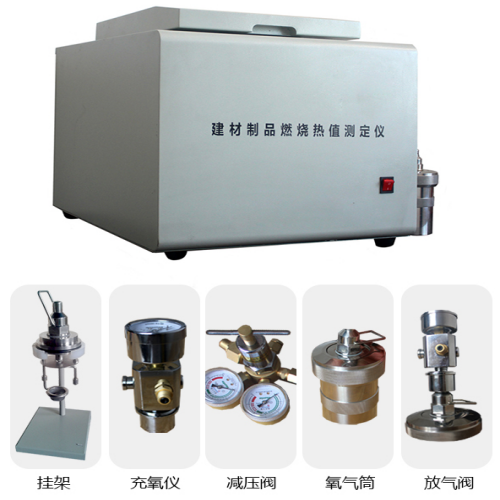Time: Popularity:0times
GB/T 8626-2007. "Test Method for Flammability of Building Materials," is one of the core standards in China's building materials fire safety field. This standard is equivalent to the international standard ISO 11925-2:2002. providing a scientific basis for assessing the flammability of building materials under direct flame impact. As a key piece of equipment for implementing this standard, the test machine for flammability of building materials, by simulating small flame impact scenarios, has become an indispensable tool for determining the flame retardancy rating (e.g., B1. B2) of building materials.

The flammability test machine is specifically designed to determine the resistance of vertically placed building products to small flames under conditions without external radiation. Its core functions include:
Flame Control: Using a flame with a height of 20±1mm to impact the surface or edge of the sample.
Ignition Mode: Supports two standard ignition times: 15 seconds or 30 seconds, with total test times of 20 seconds and 60 seconds respectively.
Classification Determination: By recording indicators such as flame propagation distance (Fs) and whether the filter paper ignites, this system provides data support for classifying building materials into B, C, D, and E grades.
This equipment is widely used for verifying the flame retardant performance of insulation materials such as extruded polystyrene (XPS) boards, polystyrene boards, and polyurethane, directly impacting building fire safety design and compliance assessments.
The Standard Group's building material flammability testing machine adopts a modular design, typically consisting of a combustion chamber, control system, sample holder, and gas supply unit. Its technical performance strictly adheres to the requirements of GB/T 8626-2007.
Table: Examples of Key Technical Parameters of the Testing Machine
| Parameter Category | Technical Specifications | Standard Requirements |
| Combustion System | Burn Inclination Angle | 45°±1° |
| Nozzle Orifice Diameter | Φ0.17 mm | |
| Flame Height | 20±1 mm | |
| Sample Specifications | Standard Dimensions | 250mm×90mm |
| Melted Material Dimensions | 250mm×180mm | |
| Maximum Thickness | ≤60 mm | |
| Environmental Control | Fluid Flow Velocity | 0.7m/s±0.1m/s |
| Gas Source Purity | >95% propane |
The flammability test results are directly related to GB 8624-2012 "Classification of Flammability Performance of Building Materials and Products," serving as a key basis for the assessment of B1 (flame-retardant materials) and B2 (flammable materials).
Table: Key Indicators for Flammability Performance Classification
| Grade | Ignition time: | Maximum flame propagation distance: | Additional Requirements: |
| Grade B | 30 s | Fs≤150 mm (within 60s) | No burning drips |
| Grade C | 30 s | Fs≤150 mm (within 60s) | No filter paper ignition |
| Grade E | 15 s | Fs≤150 mm (within 20s) | Surface ignition only |
In building insulation system testing, this testing machine is used to evaluate:
Fire resistance performance of insulation layers: such as the flame-retardant modification effect of molded polystyrene (EPS) and extruded polystyrene (XPS) boards.
Flammable drip risk: judging the ignition potential of molten material through filter paper ignition.
Material failure analysis: sampling existing building external insulation systems to verify their flame-retardant performance after aging.
As the first line of defense in building fire safety through testing, the scientific application of the GB/T 8626-2007 Building Materials Flammability Testing Machine will continue to drive innovation in flame-retardant materials and improve the building fire risk prevention and control system. For detailed information about the equipment, please consult the staff of the Standards Group.

Company Phone
+86-21-6420 0566
Working hours
Monday to Friday
Mobile phone:
13816217984
Email:
info@qinsun-lab.com
